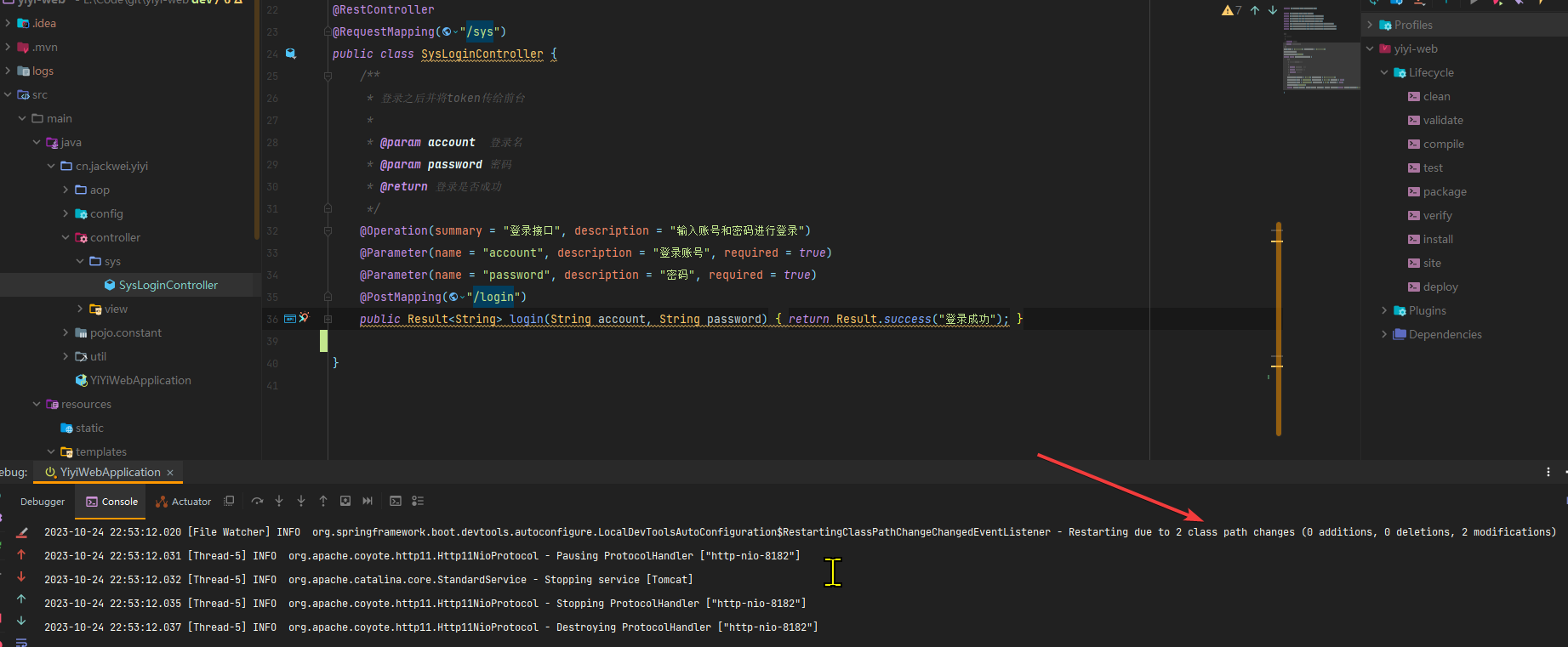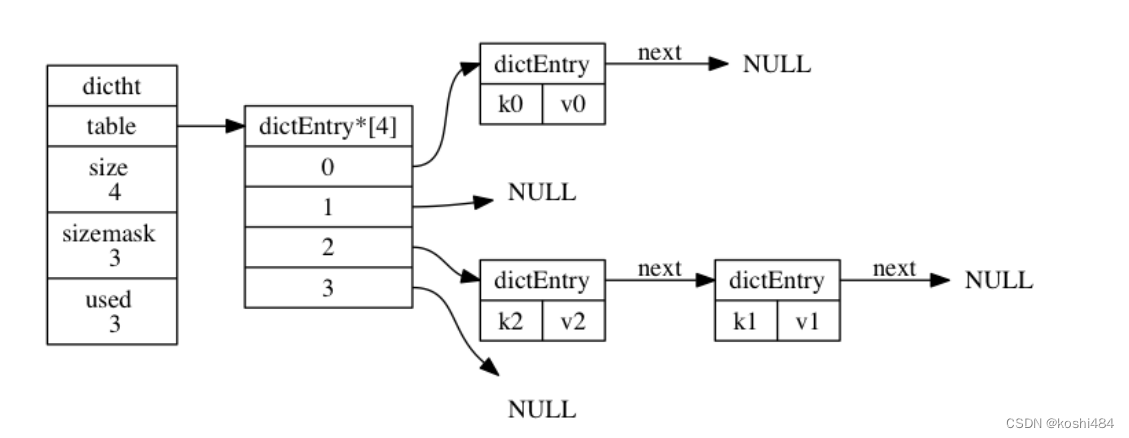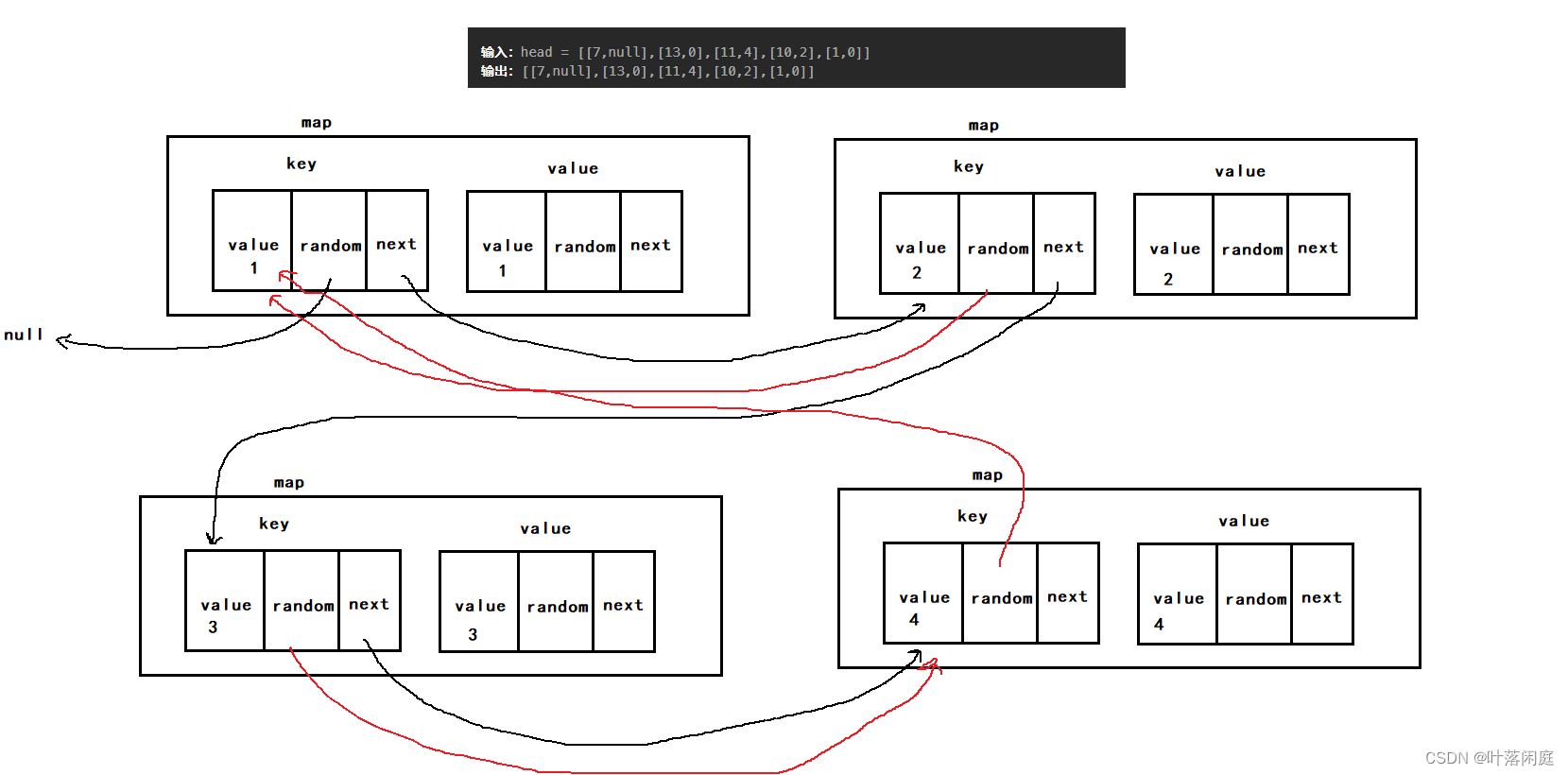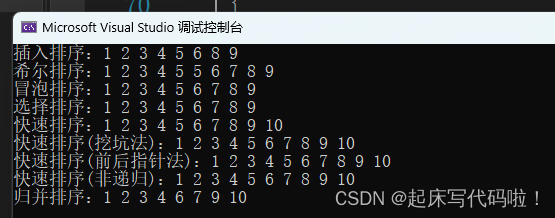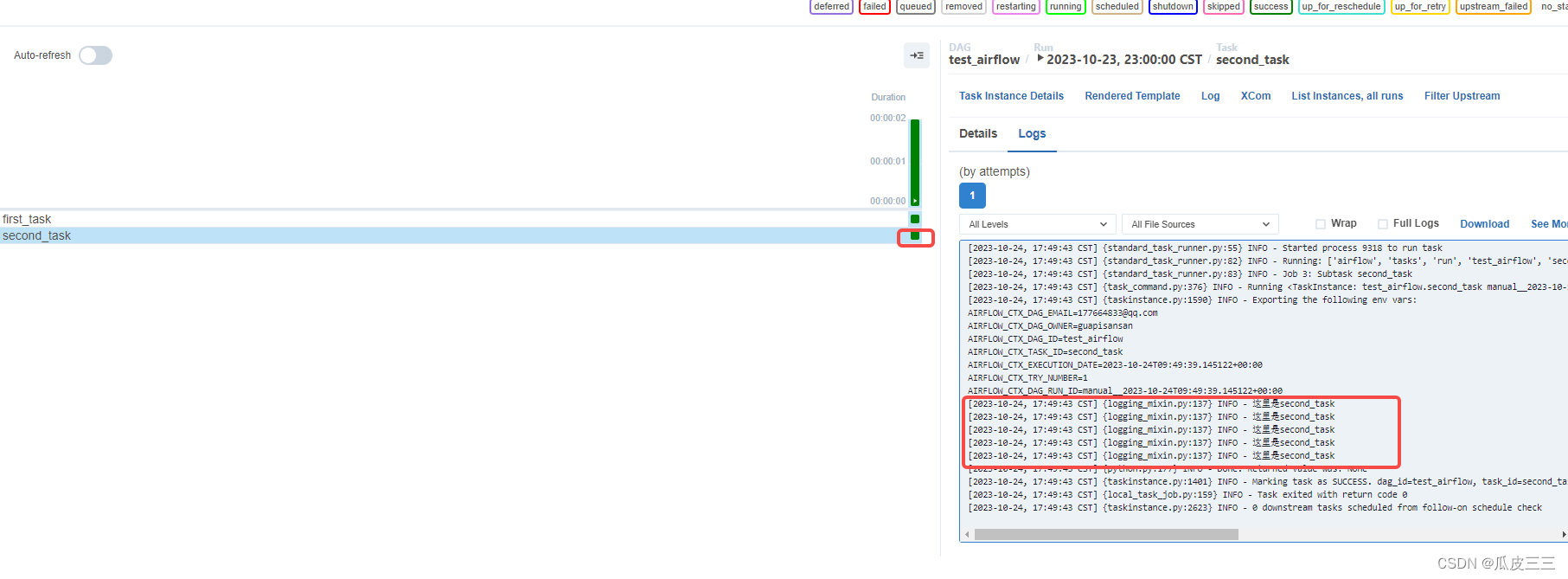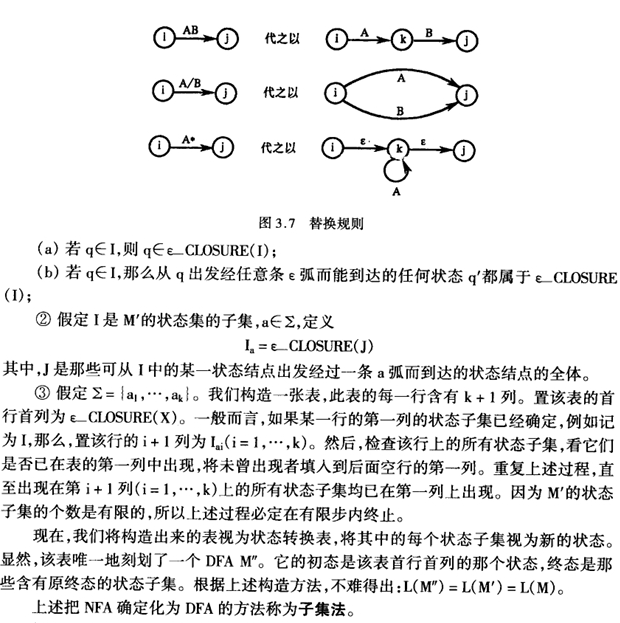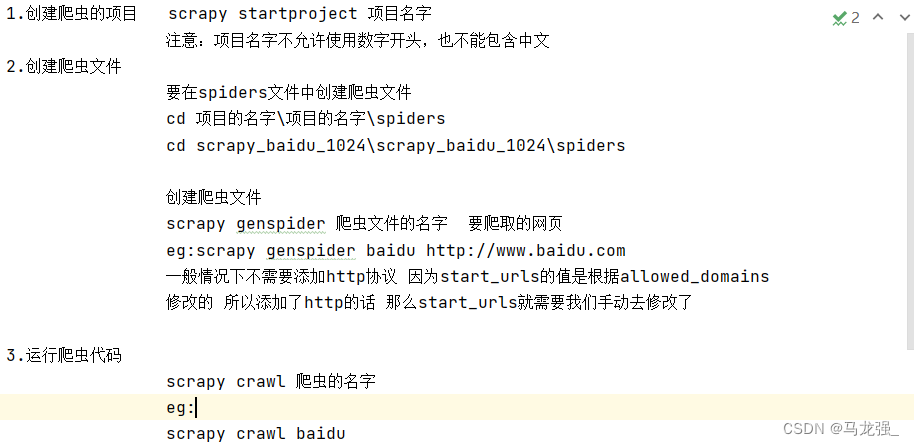文章目录
- 环保
- 2017 年,Text 4——题材:环保-社会
- 细节题-第一步定位;第二步原文复现
- 细节题-推理
- 细节题-人物观点
- 细节题-原因-原词重现,同义替换
- 细节题-人物观点-排除法
- 2019 年,Text 4——题材:社会-环保
- 细节题-人物观点
- 细节题-人物观点
- 2020 年,Text 3——题材:环保
- 细节题
- 细节题
- 细节题
- 细节题
- 推断题
环保
2017 年,Text 4——题材:环保-社会
细节题-第一步定位;第二步原文复现
- More frequent wildfires have become a national concern because in 2015 they( ).
A. exhausted unprecedented management efforts(原文出现,但是无关effort)
B. consumed a record-high percentage of budget
C. severely damaged the ecology of western states(原文出现,但是两个关键词无联系)
D. caused a huge rise of infrastructure expenditure(原文出现,但是fewer federal fund更少的,是相反的)
①Though (it is)often viewed as a problem for western states, the growing frequency of wildfires is a national concern because of its impact on federal tax dollars, says Professor Max Moritz, a specialist in fire ecology and management.
②In 2015, the US Forest Service for the first time spent more than half of its $5.5 billion annual
budget fighting fires—nearly double the percentage it spent on such efforts 20 years ago定语从句. In effect, fewer federal funds today are going towards the agency’s other work—such as forest conservation, watershed and cultural resources management, and infrastructure upkeep—that affect the lives of all Americans.
细节题-推理
- Moritz calls for the use of “a magnifying glass” to( ).
A. raise more funds for fire-prone areas (无提及)
B. avoid the redirection of federal money (原词重现,但是avoid与want相反)
C. find wildfire-free parts of the landscape(原词重现,但是没有find)
D. guarantee safer spending of public funds (原词重现,whether表示怀疑,所以guarantee保证)
③Another nationwide concern is whether是否,表怀疑 public funds from other agencies are going into construction in fire-prone districts. As Moritz puts it, how often are federal dollars building homes that are likely to be lost to a wildfire?
④“It’s already a huge problem from a public expenditure perspective for the whole country,” he says. We need to take a magnifying glass to that. Like, “Wait a minute, is this OK?” “Do we want instead to redirect those funds to concentrate on lower-hazard parts of the landscape?”
Such a view would require a corresponding shift in the way US society today views fire,
researchers say.
⑥For one thing, conversations about wildfires need to be more inclusive. Over the past decade, the focus has been on climate change—how the warming of the Earth from greenhouse gases is leading to conditions that worsen fires.
细节题-人物观点
- While admitting that climate is a key element, Moritz notes that( ).
A. public debates have not settled yet
B. fire-fighting conditions are improving
C. other factors should not be overlooked(other对应the rest of,factor对应equation)
D. a shift in the view of fire has taken place
⑦While climate is a key element, Moritz says, it shouldn’t come at the expense of the rest of the equation.(同等的element因素)
细节题-原因-原词重现,同义替换
- The overly simplified view Moritz mentions is a result of failing to( ).
A. discover the fundamental makeup of nature (无提及)
B. explore the mechanism of the human systems (原词重现,但是没有mechanism)
C. maximize the role of landscape in human life (原词重现,但是没有maximize)
D. understand the interrelations of man and nature (原词重现,同义替换)
⑧“The human systems and the landscapes we live on are linked, and the interactions go both ways,” he says. Failing to recognize that, he notes, leads to “an overly simplified view of what the solutions might be定语. Our perception of the problem and of what the solution is becomes very limited.”
细节题-人物观点-排除法
- Professor Balch points out that fire is something man should( ).
A. do away with A、D一样,排除
B. come to terms with
C. pay a price for 付出代价,是不可能的
D. keep away from
⑨At the same time, people continue to treat fire as an event that needs to be wholly controlled and unleashed only out of necessity, says Professor Balch at the University of Colorado. But
acknowledging fire’s inevitable presence in human life is an attitude crucial to developing the laws, policies, and practices that make it as safe as possible, she says.
⑩“We’ve disconnected ourselves from living with fire,” Balch says. “It is really important to understand and try and tease out what is the human connection with fire today.”
2019 年,Text 4——题材:社会-环保
Arnold Schwarzenegger, Dia Mirza and Adrian Grenier have a message for you. It’s easy to beat plastic. They’re part of a bunch of celebrities starring in a new video for World Environment Day—encouraging you, the consumer, to swap out your single-use plastic staples like straws and cutlery to combat the plastics crisis.
The key messages that have been put together for World Environment Day do include a call for governments to enact legislation to curb single-use plastics. But the overarching message is directed at individuals.
My concern with leaving it up to the individual, however, is our limited sense of what needs to be achieved. On their own, taking our own bags to the grocery store or quitting plastic straws, for example, will accomplish little and require very little of us. They could even be detrimental, satisfying a need to have “done our bit” without ever progressing onto bigger, bolder, more effective actions—a kind of “moral licensing” that allays our concerns and stops us doing more and asking more of those in charge.
While the conversation around our environment and our responsibility toward it remains centered on shopping bags and straws, we’re ignoring the balance of power that implies that as “consumers” we must shop sustainably, rather than as “citizens” hold our governments and industries to account to push for real systemic change.
It’s important to acknowledge that the environment isn’t everyone’s priority—or even most people’s. We shouldn’t expect it to be. In her latest book, Why Good People Do Bad Environmental Things. Wellesley College professor Elizabeth R. DeSombre argues that the best way to collectively change the behavior of large numbers of people is for the change to be structural.
This might mean implementing policy such as a plastic tax that adds a cost to environmentally problematic action, or banning single-use plastics altogether. India has just announced it will “eliminate all single-use plastic in the country by 2022.” There are also incentive-based ways of making better environmental choices easier, such as ensuring recycling is at least as easy as trash disposal.
DeSombre isn’t saying people should stop caring about the environment. It’s just that individual actions are too slow, she says, for that to be the only, or even primary, approach to changing widespread behavior.
None of this is about writing off the individual. It’s just about putting things into perspective. We don’t have time to wait. We need progressive policies that shape collective action (and rein in polluting businesses), alongside engaged citizens pushing for change.
- Some celebrities star in a new video to( ).
A. demand new laws on the use of plastics
B. urge consumers to cut the use of plastics
C. invite public opinion on the plastics crisis
D. disclose the causes of the plastics crisis
37.The author is concerned that “moral licensing” may( ).
A. mislead us into doing worthless things
B. prevent us from making further efforts
C. weaken our sense of accomplishment
D. suppress our desire for success
- By pointing out identity “citizens”, the author indicates that( ).
A. our focus should be shifted to community welfare
B. our relationship with local industries is improving
C. we have been actively exercising our civil rights
D. we should press our government to lead the combat
细节题-人物观点
- DeSombre argues that the best way for a collective change should be( ).
A. a win-win arrangement
B. a self-driven mechanism
C. a top-down process
D. a cost-effective approach
细节题-人物观点
- The author concludes that individual efforts( ).
A. are far from rational
B. are far from sufficient
C. can be too inconsistent
D. can be too aggressive
2020 年,Text 3——题材:环保
Madrid was hailed as a public health beacon last November when it rolled out ambitious restrictions on the most polluting cars. Seven months and one election day later, a new conservative city council suspended enforcement of the clean air zone, a first step toward its possible demise.
Mayor Jose Luis Martinez - Almeida made opposition to the zone a centrepiece of his election campaign, despite its success in improving air quality. A judge has now overruled the city’s decision to stop levying fines, ordering them reinstated. But with legal battles ahead, the zone’s future looks uncertain at best.
Among other weaknesses, the measures cities must employ when left to tackle dirty air on their own are politically contentious, and therefore vulnerable. That’s because they inevitably put the costs of cleaning the air on to individual drivers—who must pay fees or buy better vehicles—rather than on to the car manufacturers whose cheating is the real cause of our toxic pollution.
It’s not hard to imagine a similar reversal happening in London. The new ultra-low emission zone (Ulez) is likely to be a big issue in next year’s mayoral election. And if Sadiq Khan wins and extends it to the North and South Circular roads in 2021 as he intends, it is sure to spark intense opposition from the far larger number of motorists who will then be affected.
It’s not that measures such as London’s Ulez are useless. Far from it. Local officials are using the levers that are available to them to safeguard residents’ health in the face of a serious threat. The zones do deliver some improvements to air quality, and the science tells us that means real health benefits—fewer heart attacks, strokes and premature births, less cancer, dementia and asthma. Fewer untimely deaths.
But mayors and councilors can only do so much about a problem that is far bigger than any one city or town. They are acting because national governments—Britain’s and others across Europe—have failed to do so.
Restrictions that keep highly polluting cars out of certain areas—city centres, school streets, even individual roads—are a response to the absence of a larger effort to properly enforce existing regulations and require auto companies to bring their vehicles into compliance. Wales has introduced special low speed limits to minimise pollution. We’re doing everything but insist that manufacturers clean up their cars.
细节题
- Which of the following is true about Madrid’s clean air zone?
A. Its effects are questionable
B. It has been opposed by a judge
C. It needs tougher enforcement
D. Its fate is yet to be decided
细节题
- Which is considered a weakness of the city-level measures to tackle dirty air?
A. They are biased against car manufacturers.
B. They prove impractical for city councils.
C. They are deemed too mild for politicians.
D. They put too much burden on individual motorists.
细节题
- The author believes that the extension of London’s Ulez will _____.
A. arouse strong resistance.
B. ensure Khan’s electoral success.
C. improve the city’s traffic.
D. discourage car manufacturing.
细节题
- Who does the author think should have addressed the problem?
A. Local residents
B. Mayors.
C. Councilors.
D. National governments.
推断题
- It can be inferred from the last paragraph that auto companies _____.
A. will raise low-emission car production
B. should be forced to follow regulations
C. will upgrade the design of their vehicles
D. should be put under public supervision


